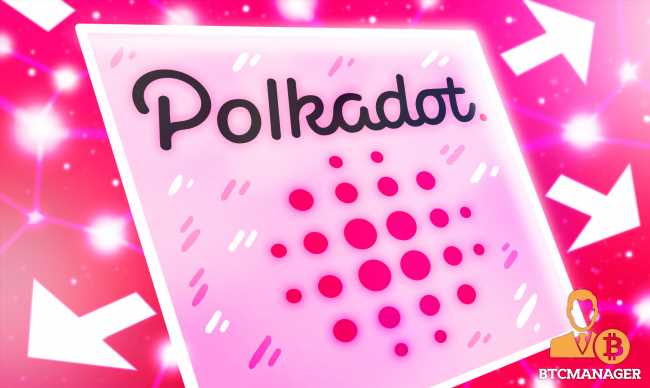Last week, Polkadot added parachain auctions and crowdloans to Kusama and Westend. Polkadot aims to carry heavier transactions than Ethereum. However, as the integrated parachain’s structure of Polkadot is decentralized, some difficulties have presented themselves.
On Monday in CoinDesk’s Consensus, Web3 Technical lead Joe Petrowski advised how the Polkadot builder is carrying out activities in 2021.
Faster, Cheaper Alternative
While other blockchains such as Ethereum and Solana are moving forward, Polkadot has pledged to enhance the scalability and connectivity of existing solutions significantly.
The boom in areas such as DeFi has left people scrambling for quicker and cheaper alternatives to Ethereum. But the next step in developing a system with interoperable applications through chains and concurrent transactions is a step into the unknown, Petrowski acknowledged.
Ethereum is a single-thread blockchain, which is helpful for state changes but ensures that users are competing for synchronous execution time. The consequence we all see today is very high fees for transactions.
The Ups of Using Multichains
An untold complexity is, on the other hand, displayed by the multichain future.
Petrowski said that what he certainly sees as regards multichain apps is a huge problem. The application programming paradigm is entirely different. So, it is nice to spread, but it also calls for a few new ideas from developers that use it.
Petrowski gave a simple example of a block explorer: Ether will display everything that changed in that particular transaction, for instance, using some Ethereum application like Uniswap.
Parachain Auctions
Polkadot started its launch some ten months ago in the first four stages; eventually, at the end of July last year, a shift towards complete decentralization and permissionless. The final stage of Polkadot’s launch is now underway, marking step 5.
The next development phase includes launching parachain auctions, a fundraising mechanism in which projects lock up 1 million DOT to win one of the approximately 100 parachain slots.
As parachain slots are made available to developers, they can finally pursue their ideas on Kusama – it is a point of origin that can help us find out whether Polkadot can freshen things up in the crowded space which constitutes the blockchain ecosystem.
Petrowski said that before the auction begins, Polkadot’s different testnets need to be ready to finalize blocks. For now, every three or four minutes, a shell parachain on the Kusama canary network produces blocks.
He concluded by stating that he thinks they will publish the auction schedule and open it up once Kusama produces blocks for the shell parachain at around 12 seconds.
Generally, Polkadot sure looks promising: highly customizable chains with a trusted value token, which can also be scalable and interoperable with other blockchains, have not been around until now.
Related posts:
Source: Read Full Article
